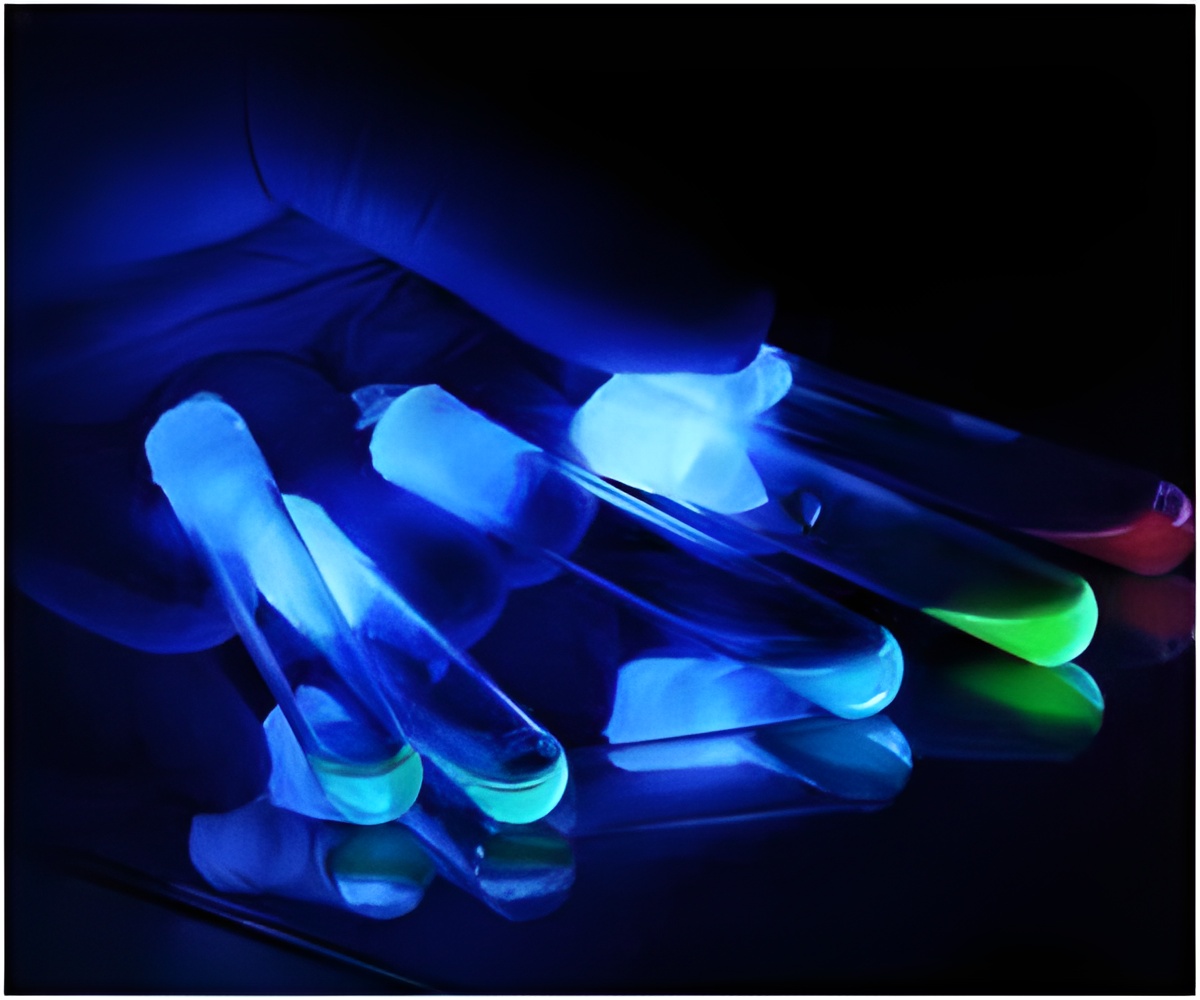Researchers have identified 115 proteins via computer simulation that could be highly relevant to treat colo-rectal cancer. This is because these proteins would make it possible to define the strategy to design new generation anti-cancer drugs. The research was conducted by researchers from the Research Programme in Biomedical Informatics (GRIB) from the IMIM (Hospital del Mar Research Institute) and the Pompeu Fabra University (UPF).
During the last years, it has been proven that drugs are not as selective as it was thought, and that they actually have an affinity for multiple biological targets. For this reason it is important to develop multi-target drugs, meaning drugs that are able to attack several targets simultaneously, that are more effective and with fewer side effectsOne of the key aspects of the research in new cancer drugs is determining with what proteins the drug should interact, so as to destroy the tumour cells without affecting healthy ones. In this sense, the work presents a new strategy to identify proteins that are highly relevant in cancer. According to Jordi Mestres, the coordinator of the Chemogenomics Laboratory of the GRIB "The basis of this strategy is a list of molecules that, experimentally, have been proven to be significantly more toxic for tumour cells than for healthy ones and another list of molecules that are more toxic for healthy cells than for tumour ones. These two lists of molecules are computationally processed with a methodology that allows predicting those proteins for which each molecule will have an affinity, identifying potential biological targets to develop new anti-cancer drugs".The researchers' contributions have been, more specifically, the prediction of proteins that interact with molecules that have experimentally shown a differential cytotoxicity, either for tumour cells or healthy ones. The larges efforts were made in experimental testing of 30,000 molecules and the logistical difficulty this entails. Overall, 119,520 cytotoxicity data were generated for both tumour and healthy cells. Once both groups of molecules with the highest differential cytotoxicity were identified, predicting those proteins with which they interacted was very effective thanks to a methodology that was originally developed by the same researchers participating in the study which then became the foundation of the Chemotargets spin-off (
http://www.chemotargets.com).
Source-Eurekalert
